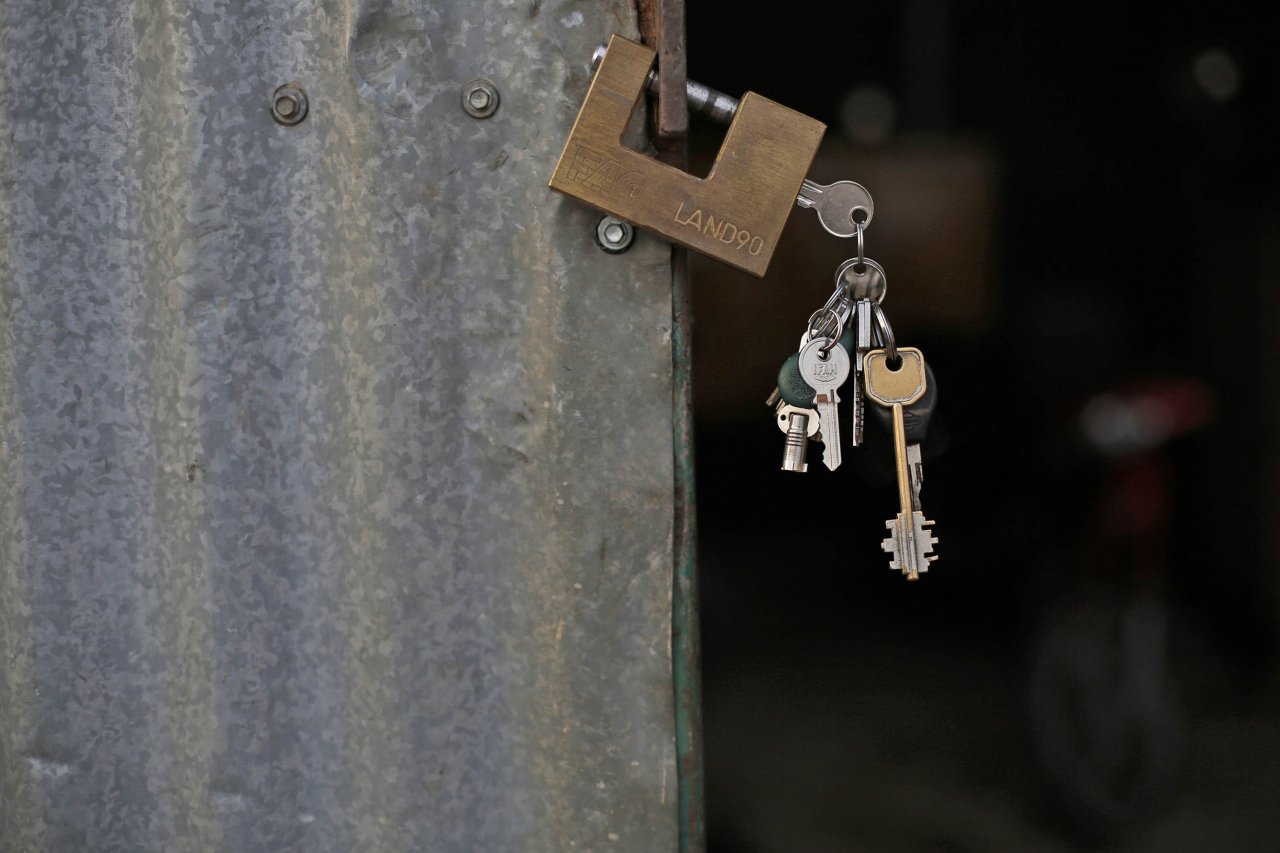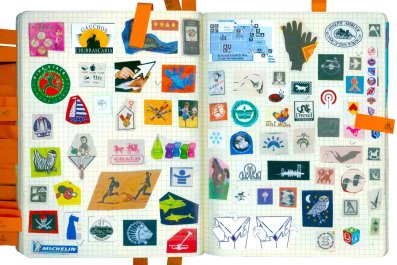Owners of 3-D printers can already make their own untraceable firearms, so why not add tools for illegal trespass to the mix? A few lock-geeks are using custom 3-D software to print plastic keys that open standard and even high-security locks. Two MIT students have already developed software, Photobump, that allows them to order a "bump key" from any online 3-D printing service provider—all they needed to do was upload a photo of a keyhole.
A lock picker designs and cuts a bump key to touch all the pins in a lock. Once he inserts the key into the lock, he taps, or "bumps," it with a mallet. The resulting vibrations get the pins to jump up to align with the patterns in the lock. It's a pretty effective lock-picking tool; even many locks sold as "bump-proof" can sometimes be bumped open.
Last year, the MIT students demonstrated their bump key-ordering software at a conference by sending their key request to a Belgian 3-D printing service company, iMaterialise. The company complied, but afterward said that had the students' "intentions been known," it wouldn't have printed the key. In addition, iMaterialise instituted a policy saying it won't print anything that poses a security risk.
However, policies like these won't stop people with 3-D printers from doing it. And anyone with the right device and astute software skills can make a bump key, says Jos Weyers, a champion lock picker and vice president of the Open Organization of Lockpickers (ToooL), a Netherlands-based organization of competitive lock aficionados. "I know a couple of guys who wrote their own similar app within a weekend" after the Photobump demo, says Weyers. "An average technical person could write the needed software quite easily. A normal lock you buy at Home Depot would be quite doable." Already, high-quality printers can produce working copies of standard household keys. And as household 3-D printers get better, it's just a matter of time before anyone with a high-quality home 3-D printer will be able to print out a high-security bump key.
With just a few brands of locks dominating the U.S. home lock market (compared with Europe, where there are hundreds), American locks are especially vulnerable to burglars with bump keys. Says Weyers, "In the U.S., if a burglar had one bump key for Schlage locks and another for Kwikset, he would own more than half the town."
Though one of the MIT students, David Lawrence, has posted the specs for how to print out 3-D keys online, the other, Eric Van Albert, hopes their demonstrations will expose the vulnerabilities of mechanical locks, and encourage greater reliance on keyless, digital locks.



























